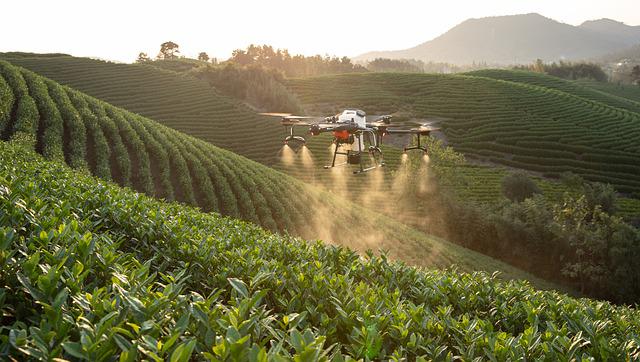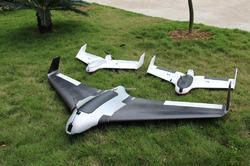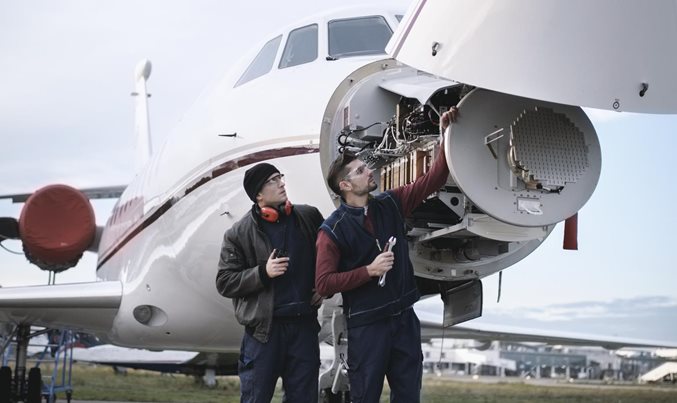
Although a quadcopter can be equipped with a camera, it isn't necessary. However, it may be worth considering if you are looking for aerial photography and first-person views. The propeller is the most vulnerable component of quadcopters. The chassis and arms may also be damaged by collisions. Cameras can impact the cost of quadcopters, so it is important to consider the features you are looking for. Camera drones are best if you desire first-person views.
Low-cost quadcopters
DJI Phantom 4 Professional offers a more affordable option for a camera drone. The remote control drone comes with an HD camera and triangular gimbal. The new gimbal dampener makes it possible to record video at 4k resolution and 30 frames per second. Mavic Air also has the ability to shoot slow-motion videos. The cameras in both models feature a 12-megapixel CMOS sensor and an f/2.8 lens equivalent to a 35 mm lens.
The DJI Spark drone can take high-quality photos and is small enough to be controlled remotely. Because it is crash-guarded it is safe to fly indoors as well as outdoors. You can also record video directly to your SD card. The DJI Spark is great for learning to fly and is compatible with both tablets and smartphones. The microphone of the DJI Spark allows for easy recording audio without the need for a receiver.

DJI Phantom4
The DJI Phantom 4 quadcopters have many advantages. One of the benefits is mapping capabilities. This mapping solution is the RTK(EU) SDK. If you wish to make mapping even easier for your drones, the Phantom 4 RTK EU SDK is available. Easy to add mapping for your drones.
The drone's flight time is twenty-eight minutes. This is a remarkable number for quadcopters, but you'll only get 20-25 minutes from the drone before it dies. It is vital that the drone has at least five minutes of remaining battery life to return to the base in the event of a power failure. To avoid hitting people or buildings, it will adjust its flight speed when there is high wind.
Autel Robotics X Star Premier
The X-Star Premium quadcopter is ready-to-fly and features a camera capable of capturing stunning Ultra HD aerial imagery. Its Ultra HD 4K camera with 12 megapixel photo sensors allows it to capture high resolution footage at distances of up to 1.2 mi. It is capable of HD Live video streaming, which allows the user to see the footage live, from a distance of up to 1.2 miles away. It can fly at speeds up to 35 mph and has a life expectancy of about one hour.

The X-Star Premium drone can fly safely and comfortably, regardless of your level of experience. Intelligent Flight Control System, which provides precise positional information indoors and outdoors, can also be used to detect objects in the distance. To enable advanced features such as monitoring a live stream at 720p HD resolution, it can be paired to a mobile device. The X-Star Premium features a transmitter, propellers a 64GB SD card and a hard-to-transport case.
FAQ
What type of batteries should a drone be using?
Most drones use lithium-ion batteries. The typical drone draws between 3 and 6 volts.
What laws are there regarding drones flying?
The Federal Aviation Administration (FAA), oversees all aspects of drone operation in the United States. A certificate issued by the FAA is required to commercially operate a drone. You must then complete a course on piloting skills and pass an examination. You will then need to pay an agency fee.
What is the law about drones flying on private property?
The FAA has recently issued new rules for commercial drone flights. These rules only apply to UAVs less than 55 lbs and lower than 400 feet above the ground. Commercial operators must register with the FAA and obtain a license from the agency. They will also require permission from local authorities to operate near airports and other restricted areas.
Is it possible to fly my drone in my backyard?
Yes! These are called UAVs, or unmanned aerial vehicles. There are many kinds of drones today. They range from small quadcopters, to large fixed-wing planes. The FAA recently updated its rules regarding commercial UAV use. You can now legally fly them to business purposes. However, be aware that flying a UAV near airports may cause interference with air traffic control systems, and you must obtain permission from local authorities before operating one.
Statistics
- With the top 10% making over $100/h and the bottom 10% making as low as $10/h. (dronesgator.com)
- According to industry research from ZipRecruiter , there are 10 cities where the typical salary for a Drone Pilot job is above the national average. (dronesgator.com)
- According to the multiple listing service (MLS), houses and apartments with drone photographs are up to 68 percent more likely to sell than those without pictures. (thedroneu.com)
External Links
How To
How to Fly Drones for Beginners
A drone is an unmanned aerial vehicle that can be remotely controlled and used for surveillance, aerial photography, film production, research, and other hobby purposes. Drone technology has existed since World War II. DJI's Phantom series of quadcopters was the first to be commercially used. There have been many drones made since then. These range from beginner-friendly drones like Parrot AR Drone 2.0 to more advanced multi-rotor craft like DJI Mavic Pro.
There are many options for flying a drone.
-
Remote control - This method uses a control device attached to your hand, which enables you to steer the drone through its flight path. There are two main types of controllers: On/Off switches (like a radio) and joysticks.
-
Manual Control – This method lets users remotely control the drone by using a smartphone app. You must keep track of the location where you want the drone to go and follow the instructions from the app.
-
Autonomous Flight: This means that the drone will take care of all the piloting. It's basically flying autonomously without any human intervention. It must have a builtin camera, sensors capable of taking images and data to enable autonomous flight.
-
Triggered Flight - This method is similar to manual control, except the pilot manually sets up a preprogrammed route, and the drone follows that route until it reaches the endpoint. After the preprogrammed route is complete, the drone will automatically land and return to its base.
-
Landing Gear- Some drones include landing gear that allows for safe landing if the power goes out or they run out of batteries.
-
Goggles - Some pilots wear goggles to protect themselves from debris while operating.
-
Camera - You can capture photos and videos with your drone from the air.
-
Obstacles. Some drones can have obstacle avoidance technology that stops them from hitting obstacles.
-
Speed - Some drones reach speeds exceeding 40 mph.
-
Battery Life: Most drones have a battery life of between 20 and 30 minutes depending on how many power sources you use.
-
Distance - Some drones can travel up 30 miles depending on the model.
-
Power source – Some drones require external power sources, others require internal batteries.
-
Weight - Some drones are lighter than others, while some models can weigh as much as 4 pounds.
-
Size - The size of drones varies from small, easily carried devices to more substantial crafts that weigh in excess of 50 pounds.
-
Price – All drones fall into a price category. These range from expensive models that cost thousands to affordable options that start at 100 dollars.